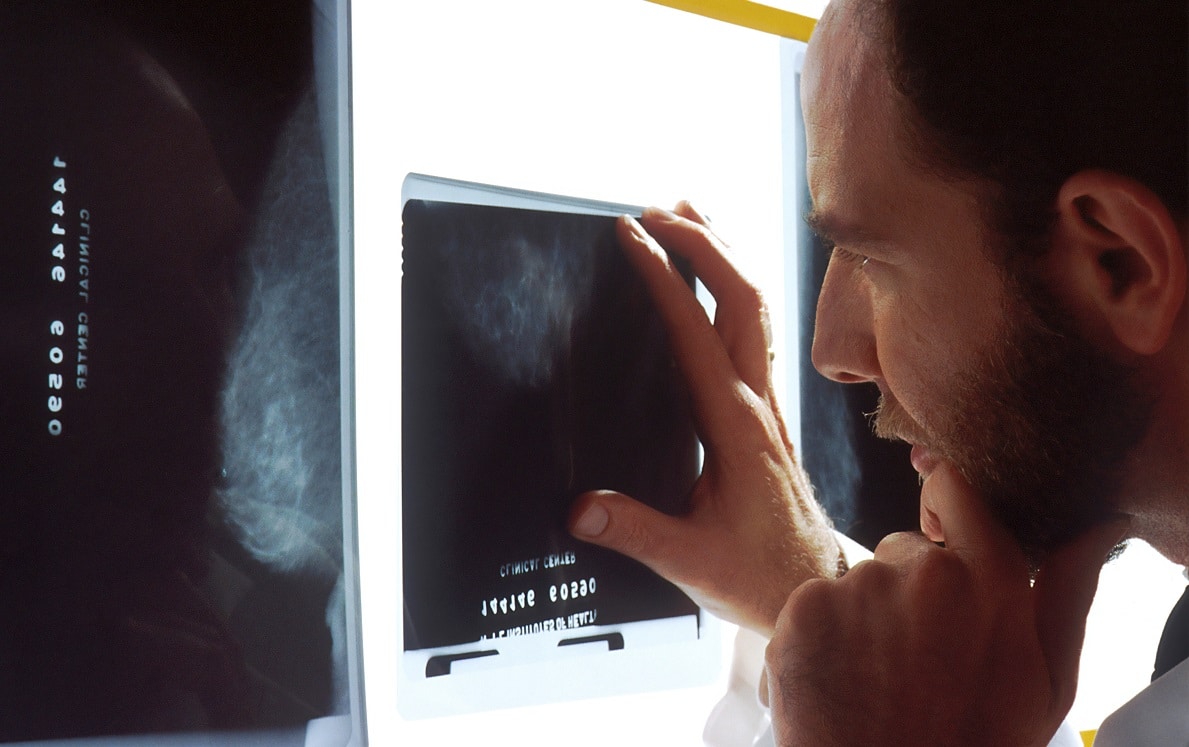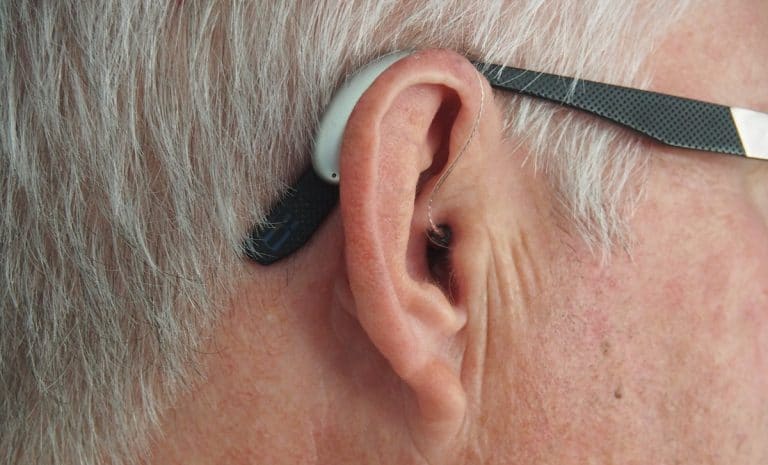At some point in life, you will need to undergo a scan. A scan can be a very effective diagnostic tool to bring about the proper treatment to relieve any pain or discomfort you are currently experiencing. Aside from that, it is also one of the most important tools used by physicians for cancer staging and diagnosis.
We’ve compiled a list below to educate you on some of the common scans out there. So if the time comes when you have to go through one, you’ll know what’s waiting for you at your scheduled appointment with your doctor.
Here are some types of scans:
In This Article
MRI Scan – Magnetic Resonance Imaging
An MRI Scan is based on the principle of nuclear magnetic resonance and uses a strong magnet in order to create images and detect abnormalities within the body. It has become one of the most widely accepted procedures by physicians since it provides quality pictures without having to use X-rays or radioactive substances, thus making it deemed as one of the safest non-invasive methods of imaging that are currently available today.
MRI scans can observe internal organs, tissues, and the skeletal system using strong magnetic fields that record any microscopic differences present within these structures. The magnets work by aligning the proton nuclei, so they spin along a specific axis and creating detectable signals, which are then converted into clear images.
Doctors and patients usually prefer a private MRI because it provides better image quality and is less expensive. It also does not require ingestion of contrast materials to determine any abnormalities present in the body accurately. As for the disadvantages, some people may feel uncomfortable while being exposed to a strong magnetic field. Sometimes, it requires lying still for even more than an hour. Also, claustrophobic people may find it hard to stay still while in a small MRI machine.
CT Scan – Computed Tomography Scan
Just like MRIs, CT scans can be used for diagnosis and treatment monitoring as well. It is an x-ray technique that employs computed tomography (CT) scanning. CT scans provide cross-sectional images of these structures by taking multiple x-ray beams at different angles then combining them into a single 3D digital image. This particular method uses a computer process on multi-slice images obtained from patients who have undergone CT scanning.
The scans typically use X-rays to generate pictures of the inside and the outside part of the body. It is used primarily for diagnostic purposes and can be considered an alternative to MRI because it provides similar quality images. CT scans are usually used to evaluate any trauma within the body, emphasizing assessing bleeding, bones and brain injury. It does not require any ingestion of contrast, so there is no risk of allergic reactions or kidney damage as well as you can be under sedation during your exam.
However, this technique has some disadvantages because it uses ionizing radiation, which may contribute to long-term risks such as triggering cancer growth within the body, among others. There are also instances where patients have been exposed to high radiation levels when undergoing such exams, which might cause harmful effects on their health in the long term.
PET Scan – Positron Emission Tomography Scan
A Positron Emission Tomography (PET) scan uses radioactive materials called radiopharmaceuticals or tracers to determine the relationship between specific organs, tissues, and molecules within the body.
It is a diagnostic procedure and a tool to determine changes in metabolic processes and blood flow of tissues, especially those of the brain. It also helps diagnose different forms of cancer, such as strokes, heart attacks, and prostate cancer. Pictures are generated by detecting the radiation emitted from the released particles within the body using special devices that can either be placed inside or outside the patient’s body.
Ultrasound– Sonogram/Sonography
A Sonogram (ultrasound) is a medical imaging technique used for non-invasive examination of internal organs, like the heart, liver, spleen, kidneys and blood vessels.
An ultrasound uses very high-frequency sound waves that can penetrate the skin and human tissue to determine any abnormalities present within the body. An abdominal ultrasound is also used when determining the age of unborn babies, checking if the fetus has abnormalities or heart defects. It can also identify kidney stones, bladder tumors and gallbladder problems. During the earlier stages of pregnancy, one might need to opt for a transvaginal scan when an abdominal ultrasound couldn’t detect the baby yet.
X-ray Scan – Radiography/Radiological Exam
Radiographic testing or imaging techniques are non-invasive procedures that use various forms of radiation (x-rays) to produce images of certain areas of the body. It can be used to view internal organs, bones, joints and soft tissues. The x-ray procedure is considered safe as exposure times are usually very brief, and it passes through the body quite quickly with minimal damage caused on a cellular level.
X-rays are also used for diagnostic purposes in various medical procedures, such as reducing pain or swelling from injuries and helping physicians determine if broken bones are present within the body.
Mammography – Breast Exam – Mams Exam
Mammography is a type of X-ray used to examine the breast for abnormalities like lumps, swelling, changes in appearance and thickening. These are caused by tumors or cysts found within the breast tissue.
The breast exam is usually done after a suspicious lump or mass has been detected upon self-examination, an ultrasound test or after a diagnostic biopsy was conducted on one’s breasts. The mammogram can then determine if any cancerous cells have formed and how far they have spread inside the body. This particular screening procedure should not be confused with MRI Imaging because it uses high-frequency sound waves instead of magnetic fields to detect abnormalities.
Fluoroscopy
Fluoroscopy is a scan used to diagnose many conditions, such as injuries and infections inside the lungs, heart and blood vessels. It is done by introducing a special dye into a patient’s system through an injection or IV drips, enabling them to view specific organs within the body. This helps physicians determine how severe the injury is and what treatment will best suit their condition. Fluoroscopy requires medical personnel present at all times during the examination to work on patients under sedation or anesthesia.
With the right imaging scan, doctors can identify and diagnose any number of brain-related conditions. The key is to know which scans are available for your particular need, so you don’t waste time or money on a test that doesn’t provide exactly what you need. We hope this article has acquainted you with the types of scanning methods that are helpful when diagnosing medical problems.










![Home Renovation Guide [2025]](/app/uploads/2021/04/design-hacks-1-378x300.jpg)
